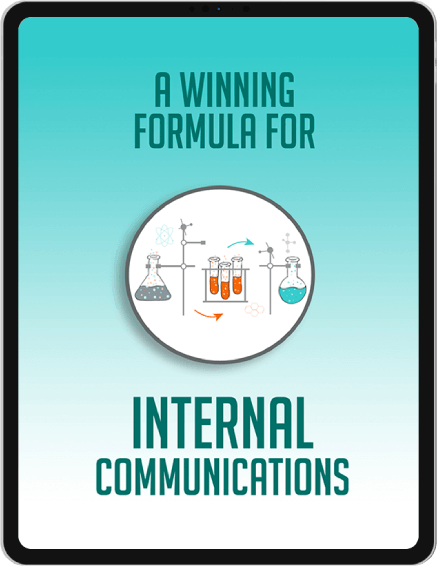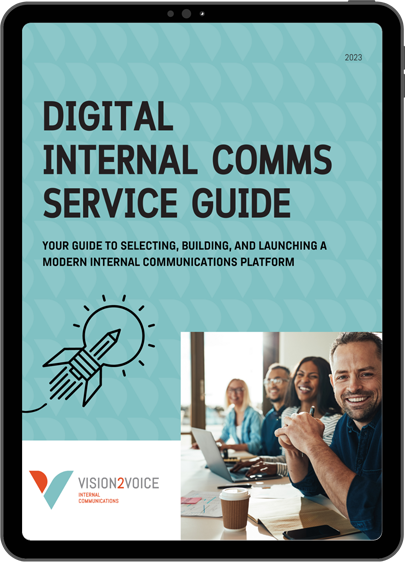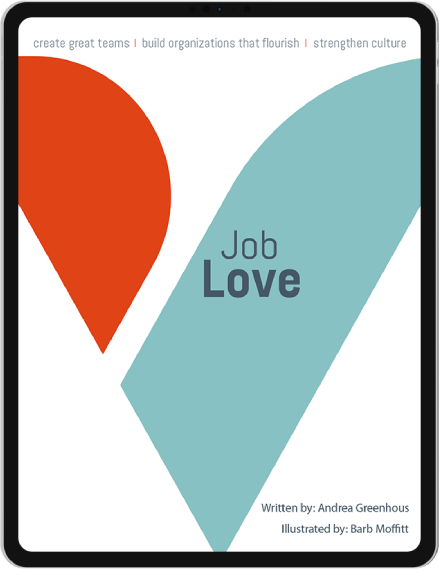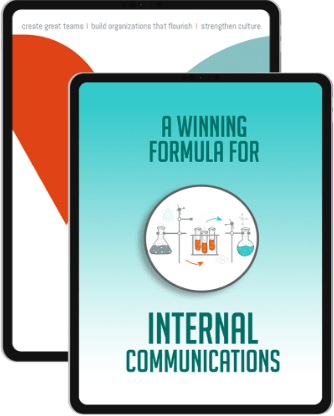
I am a regular at my local hot yoga studio. I was an almost a professional triathlete (that’s another story) and hot yoga keeps my 53-year old body moving and infuses me with positivity and perspective.
Last week, I was practicing beside a woman who I think was new to the studio. I say this because she had borrowed a mat and sweat towel but also because she would look around the room to see what other people were doing, presumably so she could better follow the postures in the class.
As the class wrapped up, she started to roll up her mat. I whispered to her that she could leave her mat since it was a rental. She seemed puzzled but trusted me and left her mat where it was. Leaving your rental mat after you’ve used it is one of the things that she hadn’t yet learned. If she becomes a regular, there will be many more things she will learn about yoga and the studio because (in my experience) taking up the practice of yoga is an ongoing learning experience in physical and spiritual growth.
What does all of this have to do with building a learning organization? It turns out a lot but first let’s look at why learning is so critical to an organization’s success.
Why learning is critical
The opportunity to learn and grow is at the top of the list of what matters most to employees. In fact, it is a natural instinct for human beings – a trait that is necessary for survival. Many people leave their positions because they feel they have stopped learning or because there were few opportunities for growth. And when it comes to their work, most people want to feel a sense of mastery and can easily get frustrated or demoralized if they do not have the skills or abilities to complete a task.
From the CEO’s perspective, making learning a fundamental part of your culture will allow companies to adapt and pivot to quickly take advantage of new technology, market conditions or to avoid risk. That is because it builds resilience and promotes innovation, while also ensuring workers have the right skills to adapt to an increasingly complex business environment. Ann Schulte, Chief Learning Officer at Procter & Gamble explains in a Harvard Business Review article why learning is important: “At P&G, we believe that the ‘fastest learner wins’ because we see in uncertain and changing markets that experimentation, rapid-cycle feedback, and the ability to adapt are competitive imperatives — and all require learning.”
The learning paradox
I’ve established how critical learning is to motivating workers and fueling front line performance but the problem is, traditional formal learning is failing both workers and employers. Globally, companies spend $356 billion every year on formal training – that is a lot of money and averages out to around $1300 per employee. Aside from being expensive, there are some significant drawbacks to formal training. First, a lot of people have a hard time finding time to fit in formal learning because deliverables and deadlines get in the way. Second, much of the training focuses on skills that cannot be directly put into practice as they are often disconnected from corporate realities. The third problem is one I have witnessed first-hand in my change management strategy work and it is that formal training is a one and done activity and it doesn’t always provide the complete picture. For example, I have been involved in some SAP projects and the training focuses on the buttons, fields and screens but is not tied into the business processes or rules that people need to follow so people get lost when working in the system in real time. This creates a critical knowledge gap.
Rethinking learning
Let’s get back to the yoga studio. Every day I step onto my mat, I learn something new. The actual practice of yoga is a learning activity. What if we approached work in the same way where learning was integrated seamlessly into how we work? What if it is part of the culture of the company and how work gets done rather than a separate activity?
In my internal communication experience, it IS possible and it is not rocket science so let’s look at some the ideas our internal communication agency has used to build a culture of learning.
1.Build a learning mindset
Learning starts with the recognition that you don’t know everything. That’s not easy for some people. My father was a very curious person and was always learning new things, even in his 80s. On the other hand, my 17-year old son already knows everything!
Recognizing that you don’t know it all and that learning is important for everyone in the organization takes courage and vulnerability. Leaders need to demonstrate that learning is a priority and share how they learn and grow as individuals. They can also recognize and reward employees for their learning achievements.
Building a learning mindset also means making sure people understand the value of sharing information. Too often, people will hoard or prevent the sharing of valuable information or information is kept in silos. There are two reasons why this happens: The first reason is because information is mistakenly viewed as power and people (particularly leaders) will hold onto it as a means of maintaining their position. The second reason I have seen is the misconception that people are too busy to be interested in detailed content.
2. Recognize the value of your content
I’ve worked on so many projects where we have created fantastic content that has provided a lot of value over many years. Still it is always a battle with clients to recognize the value of spending time to develop really great content and information. If the content is valuable, well-organized and managed properly, it can be a learning asset for your organization.
One thing I always do is layer content so that there are different levels of depth for different audiences and that way, people in different roles can get the level of information they need. You will always have some people that can’t be bothered with the details but there will always be others who love to dive into content and soak up every last bit of information.
3. Use design thinking to shape your content
Design is about putting yourself in the shoes of the consumer or user, which in this case is your employees. By working to develop a deep understanding of the people that will use the content and developing empathy for their potential challenges and concerns, you can design and develop extremely useful content that is also easy to navigate. I usually start with interviews and focus groups to nail down the employee journey and the realities of work to map out content structure.
A good example of this type of approach is with the work I did with a client to develop material that supported the use of the corporate credit card. We looked at the journey of a cardholder from when they acquired a card, to planning a purchase, to using the card, and finally reconciling their purchases. This content design made it super easy for a cardholder to find the information they needed, when they needed it.
4. Create learning communities based on sharing
People learn from each other. The new marketing manager learns how to build the report that needs to go to senior management with metrics and key performance indicators (KPIs) by reaching out to another team member and asking questions when he gets stuck. However, the person next to you doesn’t have all the answers and using technology to make connections with people that may have already solved the problem you are facing could save you many hours of work and frustration.
With a little effort and attention, you can build these communities to give everyone access to answers. The social platforms and apps for internal communications are fabulous for this.
5. Create a learning platform
Many people are self-driven learners and curious and they will take the time to explore information and content on their own as a way of satisfying their curiosity. Providing a platform for employees to share valuable information, knowledge and content can form the cornerstone of a learning culture.
A good corporate intranet that has well organized and valuable content is an important learning tool. It can put information at everyone’s fingertips and leverage the power of search and even machine learning to make it easier for people to find the information they need quickly and easily. You can also encourage active sharers, influencers and thought leaders in the company to create and share information and knowledge.
A final thought
Today’s knowledge workers spend most of their time absorbing and disseminating information and a big chunk of this content is informational and educational. I think it is time to rethink HR strategies around learning. It’s time to work with internal communications and change management consultants to support the development of your people by building a learning culture – it is an important investment in your people and the future of your business.

A Winning Formula for Internal Communications
Read The Free eBook
Our eBook shares our unique formula for building business culture and driving success. Find out the 3 key factors in attracting, inspiring and retaining high-calibre talent. Get your free copy when you subscribe to our newsletter. Be the first to know about new blog posts and stay up to date with industry news.
Download the ebook




